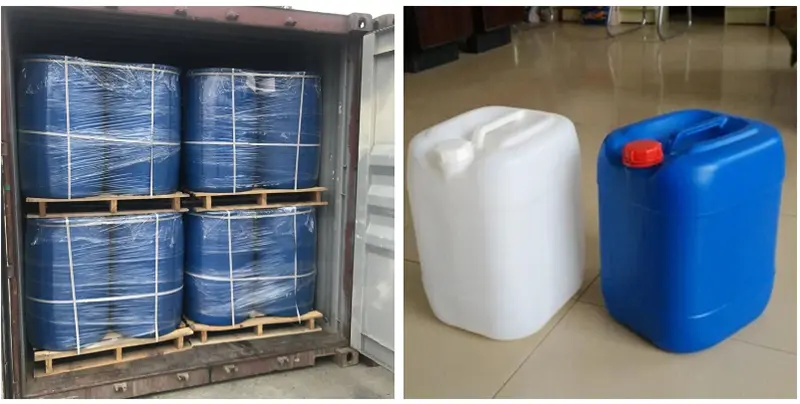N,N-Diethyl-m-toluamide CAS#134-62-3
N,N-Diethyl-m-toluamide CAS#134-62-3 Promotion Season Now in Store and Free Sample for Testing with Factory Price
Chemical Name:N,N-Diethyl-m-toluamide
CAS No.:134-62-3
Molecular Formula:C12H17NO
Molecular weight:191.27
Sample: Available
Mode of Transportation
1. By Air, fast but expensive.
2. By Sea, usual and economy.
3. By Train, suit for middle Asia countries.
4. By Express, suit for small package.
We only provide highest quality goods available, accompanied by after support!
Products Description of N,N-Diethyl-m-toluamide CAS#134-62-3
DEET (diethylmethylbenzamide), also known as DEET, is a broad-spectrum insect repellent that repels a variety of biting insects in various environments, including stinging flies, midges, black flies, chiggers, deer flies, fleas, gnats, horse flies, mosquitoes, sand flies, small flies, stable flies and ticks. DEET was developed and patented by the U.S. Department of Agriculture during World War II. The product was designated as a mosquito repellent for use by the U.S. military in 1946. It was registered as an insect repellent with the U.S. Environmental Protection Agency in 1957 and began to be used in civilian use. It was initially used as an insecticide on farms, and later the U.S. government applied for its use during wartime, especially in Vietnam and Southeast Asia. According to statistics from the U.S. Environmental Protection Agency, nearly 40% of Americans use insect repellents containing DEET each year, and about 200 million people worldwide use it. Over the past 40 years, research by more than 20,000 research units has proven that DEET is the safest and most effective broad-spectrum repellent on the market. The World Health Organization also recommends the use of repellent products containing DEET to prevent the attack of disease-carrying insects. It is often mixed with other insecticides, but its toxicity increases when mixed with carbamate insecticides.
N,N-Diethyl-m-toluamide Chemical Properties
Melting point | -45 °C |
Boiling point | 111 °C1 mm Hg |
density | 0.998 g/mL at 20 °C(lit.) |
vapor density | 6.7 (vs air) |
vapor pressure | <0.01 mm Hg ( 25 °C) |
refractive index | n20/D 1.523(lit.) |
Fp | >230 °F |
storage temp. | room temp |
solubility | DMSO (Slightly), Ethyl Acetate (Slightly), Methanol (Slightly) |
pka | -1.37±0.70(Predicted) |
form | Liquid |
color | Clear |
Specific Gravity | 0.996 |
Odor | mild bland odor |
Water Solubility | NEGLIGIBLE |
Merck | 14,2856 |
BRN | 2046711 |
Stability: | Stable. Combustible. Incompatible with strong oxidizing agents, strong acids, strong bases. Hydrolyzes slowly in water. |
InChIKey | CXVBTGKUSLNJQZ-UHFFFAOYSA-N |
CAS DataBase Reference | 134-62-3(CAS DataBase Reference) |
NIST Chemistry Reference | Diethyltoluamide(134-62-3) |
EPA Substance Registry System | N,N-Diethyl-m-toluamide (134-62-3) |
Safety Information
Hazard Codes | Xn |
Risk Statements | 22-36/38-52/53 |
Safety Statements | 61 |
RIDADR | 2810 |
WGK Germany | 2 |
RTECS | XS3675000 |
TSCA | Yes |
HazardClass | 6.1(b) |
PackingGroup | III |
HS Code | 29242995 |
Hazardous Substances Data | 134-62-3(Hazardous Substances Data) |
Toxicity | LD50 orally in male rats (ml/kg): 2.43; in female rats: 1.78; dermally in rabbits: 3.18; LC50 by inhalation in rats (mg/l): 5.95 (U.S. EPA) |
Factory and Equipment Show


Fast delivery time
Inventory 2-3 working days New production 7-10 working days









